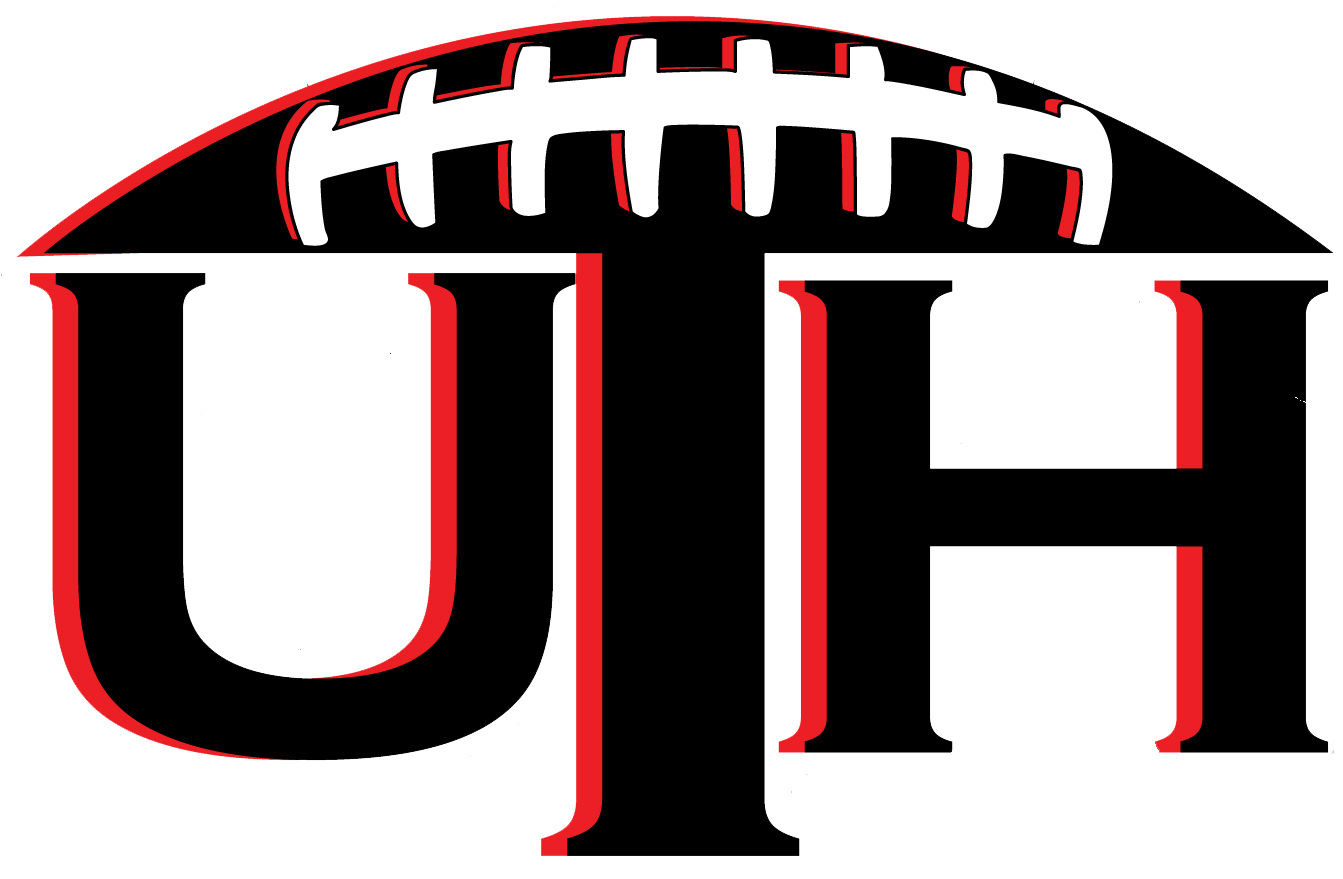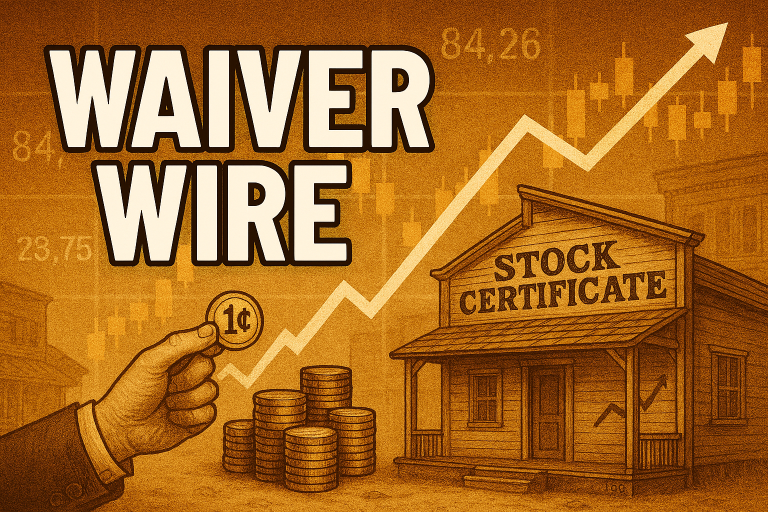This Dynasty Strategy Lesson is presented by Patrick Straub, UTH listener and subscriber. I love reading content like this, which creates clarity into the mindset of dynasty owners – both positive and negative. The human element of dynasty leagues is fascinating and Patrick does an outstanding job summarizing a slice of the risk-aversion pie in this post. Great job, Patrick and enjoy the content….
The Dynasty Twittersphere contains many conflicting opinions on player and positional valuations, team-building strategies, and the minutiae of fantasy football. As a consumer of dynasty strategy information, how do you choose what to listen to and whom to follow? The quality I look for in a dynasty analyst is the willingness to take big swings while risking big misses. [bctt tweet=”Quite frankly, being conservative in dynasty is for losers.” via=”no”]
Some people are generally risk and loss averse,[1] which can lead them to make irrational decisions because the anguish over a dollar lost is greater than the joy of a dollar gained. However, this human instinct has to be conquered to excel in dynasty. Imagine the following situation: you pay $100 for an unlimited number of chips to gamble in a casino; you can bet as much as you want; the most “real” money you can lose is your $100 investment; and, you can keep up to $1,200 in winnings. In such a scenario, the rational person would wager very aggressively because his losses would be capped and his winnings could far exceed his potential losses.
Playing dynasty fantasy football is similar to this casino analogy. In fact, there is an extra incentive to play aggressively in dynasty because you receive better rookie picks the following year if your team does poorly.
Assume you are in a normal 12-team dynasty league where everyone starts out with an 8% chance of winning it all in any given year (okay, 8.33% to be exact, but I’m going to keep it simple). What is the best way to stand out from the crowd and increase your odds? By taking risks. Big risks. [bctt tweet=”The most you can ever “lose” by taking risks in dynasty is the 8% chance of winning a championship.” via=”no”] However, you can “win” so much more than that 8% you’re putting on the table. Haven’t you seen dynasty teams that are so stacked that you assess their chance of winning the title in the upcoming year at 50% or more? This is the type of team you want to build, and you don’t get there by wringing your hands and playing conservatively.
Let’s discuss a hypothetical trade offer to illustrate how comfortably confronting risk and loss can help you build your dynasty team. Assume you have been an average team for several years when you receive a trade offer that has the following possible outcomes if you were to accept it:
- 75% chance that it makes your team significantly worse
- 25% chance that it makes your team significantly better
Due to the human inclination of risk aversion, many people would refuse to make such a deal because it is three times more likely to burn you than to work in your favor, and you would be “taking on all the risk” (which is a common euphemism used by Twitter analysts who endorse a conservative strategy).
However, if we elaborate from the general description and add assumed probabilities of outcomes, the picture becomes more clear. Granted, the probabilities (multiples of four) selected in the example below are hypothetical, but they are representative of the type of high risk/high reward moves for which I am advocating:
- 75% chance that the deal makes your team significantly worse, i.e., your 8% chance of winning will be divided by 4, meaning you now only have a 2% chance of winning a championship.
- 25% chance that the deal makes you significantly better, i.e., your 8% chance of winning will be multiplied by 4, meaning you would have a 32% chance of winning a championship.
Using a probability tree, you can see that accepting this deal actually increases your chances of winning a title: (.75 x .02) + (.25 x .32) = (.015) + (.08) = .095 = 9.5% chance of winning a title.
So, what does all of this mean? First, you should never evaluate a trade merely based on whether it is more likely to make your team better. Second, the next time you are coming off several consecutive mediocre seasons and you are offered three Round 1 picks for your “proven,” productive WR, ignore the people who scream at you to not make the deal because you’d be “taking on all the risk.” Taking smart, calculated risks is often a good thing. But, more importantly, you are a below-average team even with that proven receiver, so you might as well do something that could shift your position in the standings (one way or the other). Maintaining the status quo is not a winning move.
[1] See, e.g.,http://pages.stern.nyu.edu/~adamodar/New_Home_Page/risk/riskaversion.htm; OpenStax College, Principles of Economics, pg. 363 OpenStax College. 19 March 2014. <http://cnx.org/content/col11613/latest/>



